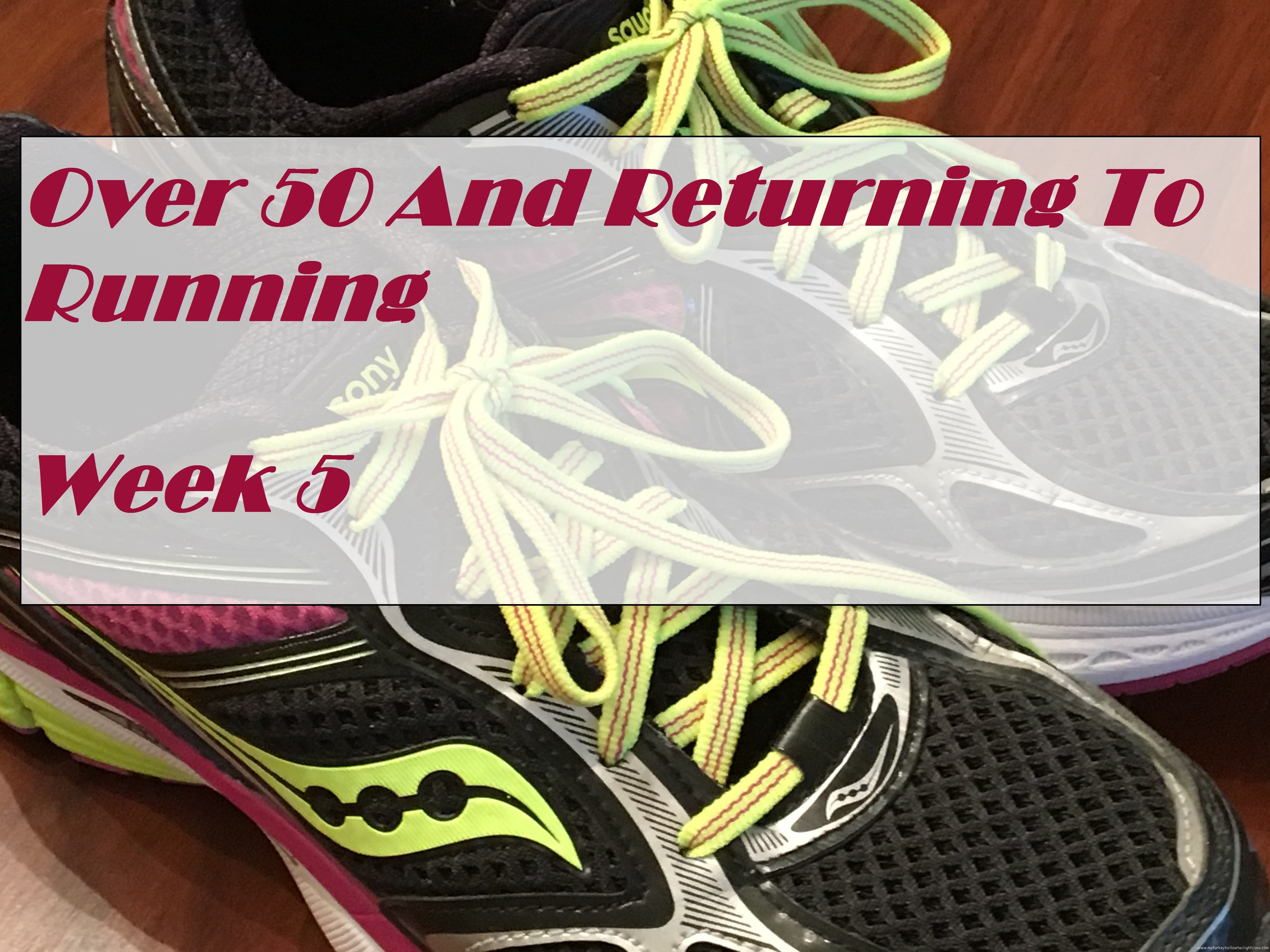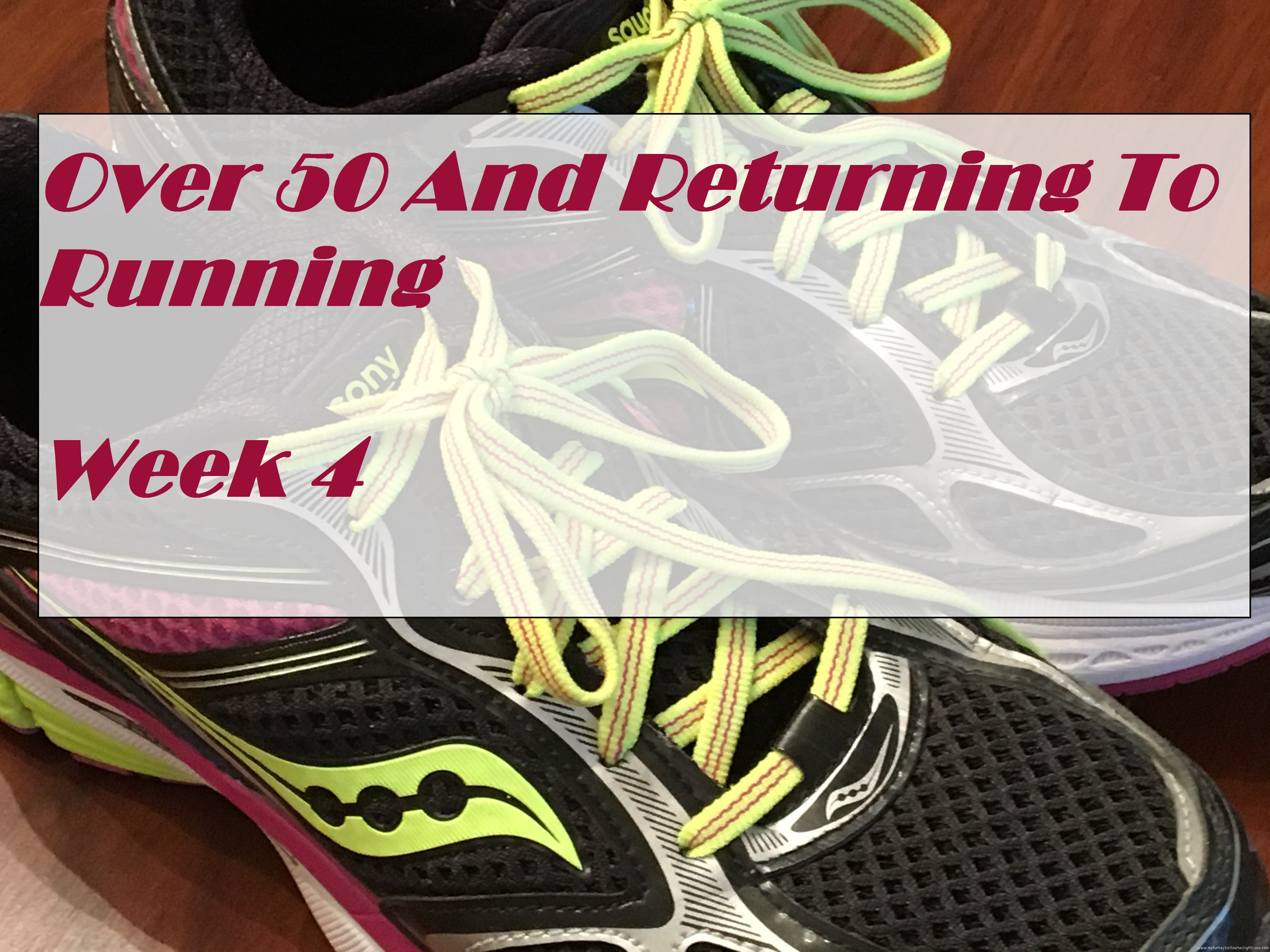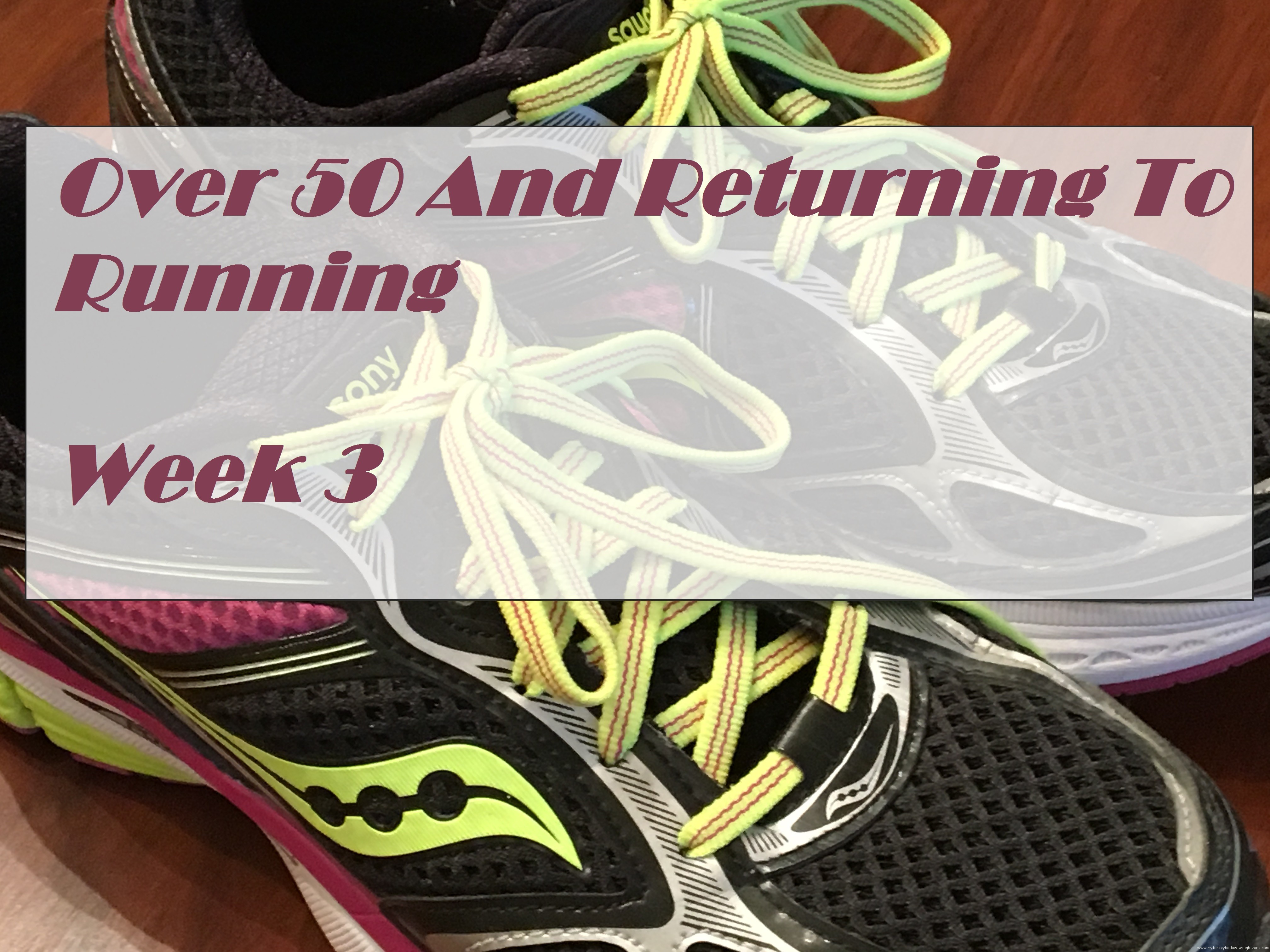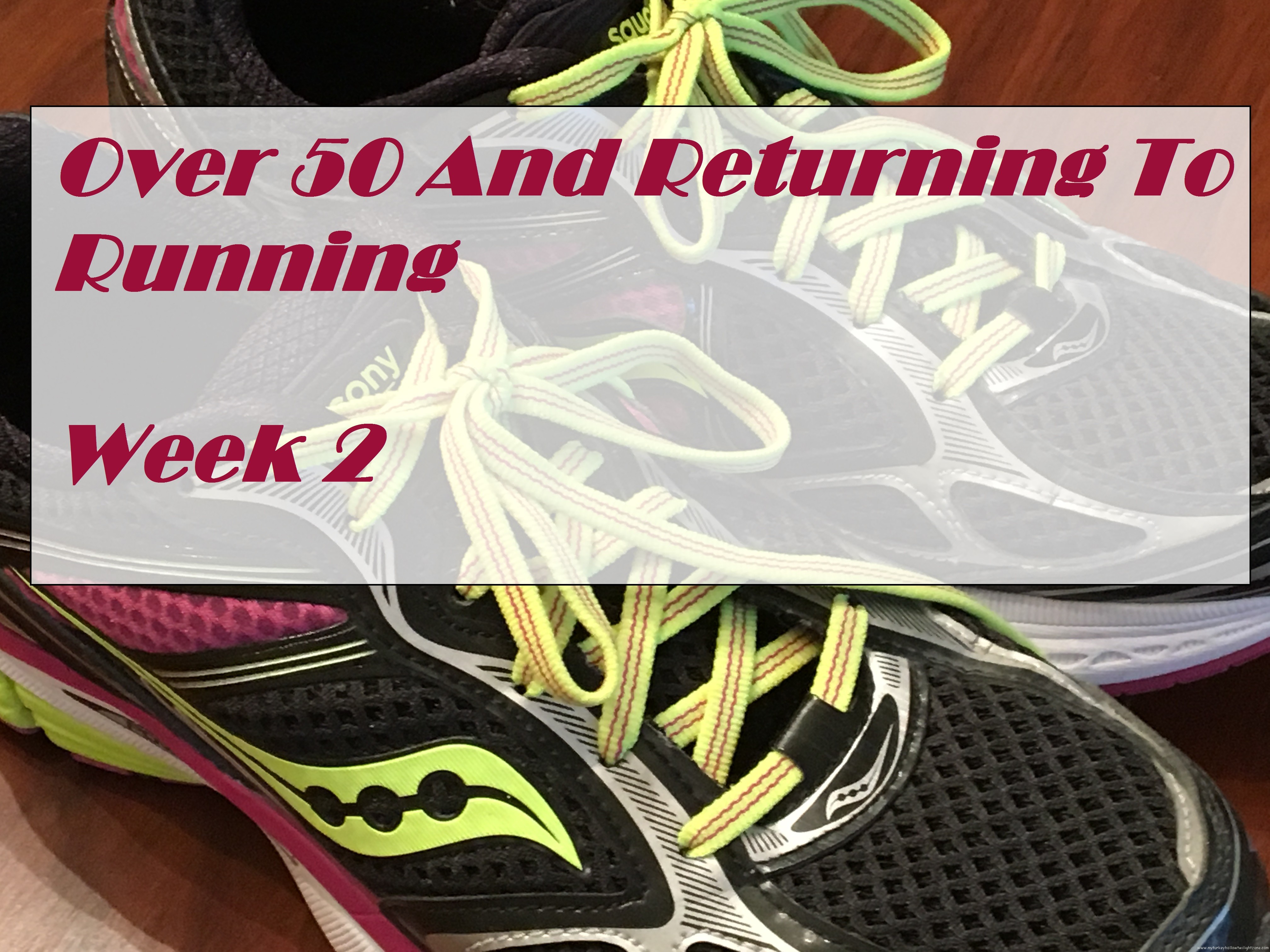Injury free running is the challenge every runner knows they’re up against every time you hit the payment. And the older you get, the more injury prone you are, and the more careful you need to be.
I have always been pretty active, although I have gone through periods of time where I didn’t always exercise like I should. But, the majority of my adulthood I have done some form of exercise whether is was walking, aerobics, muscle stretches and strengthening, or working on machines at Elaine Powers (remember that one?).
Starting A Running Career Later In Life
But at age 41 or 42, I decided to give this running this a shot. I have no idea what possessed me to do this. I had always hated everything about running, or so I thought. I readily admit I still don’t get that “runner’s high” people talk about. But I like the results I get from doing it.
When I first made the decision to buy that first pair of running shoes, I started out with a BANG! I had heard all the warnings about injuries and that you should start out slow, but I thought I knew my body well enough to know I wouldn’t be one of those people. I was sure I could take it.
Taking On The Bix 7
Well, I thought wrong. Actually, all went pretty well as long as I was just doing my little 30 minute 3 mile runs on the treadmill at the gym. Then, with no actual training, I decided, on a whim, to run the BIX 7. I did a little running outside shortly before the race day but the majority of my running had been indoors on the treadmill and nowhere near the 7 mile distance that I would be running in the race.
Well, I did the race. I finished the 7 mile distance in 70 minutes and 11 seconds. Now, I am aware that I will never win a race at that pace, but my main goal was just to finish and run the whole thing. If anyone out there knows the BIX 7, you know that it is a pretty difficult course. I found out just how difficult the next day when I could hardly walk.
I was in A LOT of pain . . . for weeks. I didn’t run again for about 9 months. It was during that 9 months that I decided to take stretching seriously. You guessed it. I, against all the advice I had heard and read, didn’t take the time to do pre run warm ups or post run stretches. Big mistake.
I guess I always thought it was normal to hurt after running. But I have since learned, that while some soreness is inevitable, severe pain is never normal.
Stretches To Keep You Moving
It was during that 9 months that I learned about the piriformis muscle. I have a friend who ended up in physical therapy because she injured her piriformis muscle from running. I didn’t have to go to physical therapy, but I spent that 9 months walking (not running or even the tiniest little bit of a jog) and I rode my bike.
I eventually started doing some walk run intervals and progressed till I was able to run again. But I learned a hard lesson. I warm up before every run and I stretch post run . . . without exception.
There is some controversy about whether stretching cold muscles pre run is beneficial or not. But pretty much everything I have read has the general consensus that post run stretching is a must.
I walk about 1/4 mile for my warm up before I start my run and then initially, my running pace is pretty easy. Once I feel my muscles relax a bit I start picking up the pace.
My post run stretching consists of stretches that work on my quadriceps, hamstrings, calf and ankle muscles, achilles tendon, and my piriformis muscle.
Staying Injury Free
I have remained injury free, and have since run more BIX 7’s along with a lot of 5K’s (which is what I should have started out with in the first place), and last year ran my first half marathon. I can tell you that I did have some soreness after that half, but it was nowhere near the pain I had after running my first BIX.
The point I’m trying to make is that anyone taking up running for the first time needs to start out slow and mix it up. Running every day is just asking for trouble. It’s really important to cross train. Repetitive movements and workouts cause injuries too. And, of course, check with your doctor before starting any new exercise program especially if you have been sedentary for a while.
I just had a patient I was taking care of talk about how she was going to take up running because her friend seemed to have good results from it. I asked her if she had been a runner in the past. She said “no”. I tried to pass this advice on to her but I could see that all too recognizable glazed over look in her eyes. Probably similar to the look I had when I got the same advice. I have a feeling it’s a lesson she’ll have to learn for herself.
This year I plan to take my own advice and mix it up a little more. While I still plan to make running the primary activity in my fitness routine, I will be back to riding my bike more and working on muscle strengthening.
I don’t know if I’ll be doing any long races again this year, time will tell, but I know I will be more fit by getting in the cross training time.
“We are a participant in the Amazon Services LLC Associates Program, an affiliate advertising program designed to provide a means for us to earn fees by linking to Amazon.com and affiliated sites.”
© 2014 – 2017, Pamela. All rights reserved.






